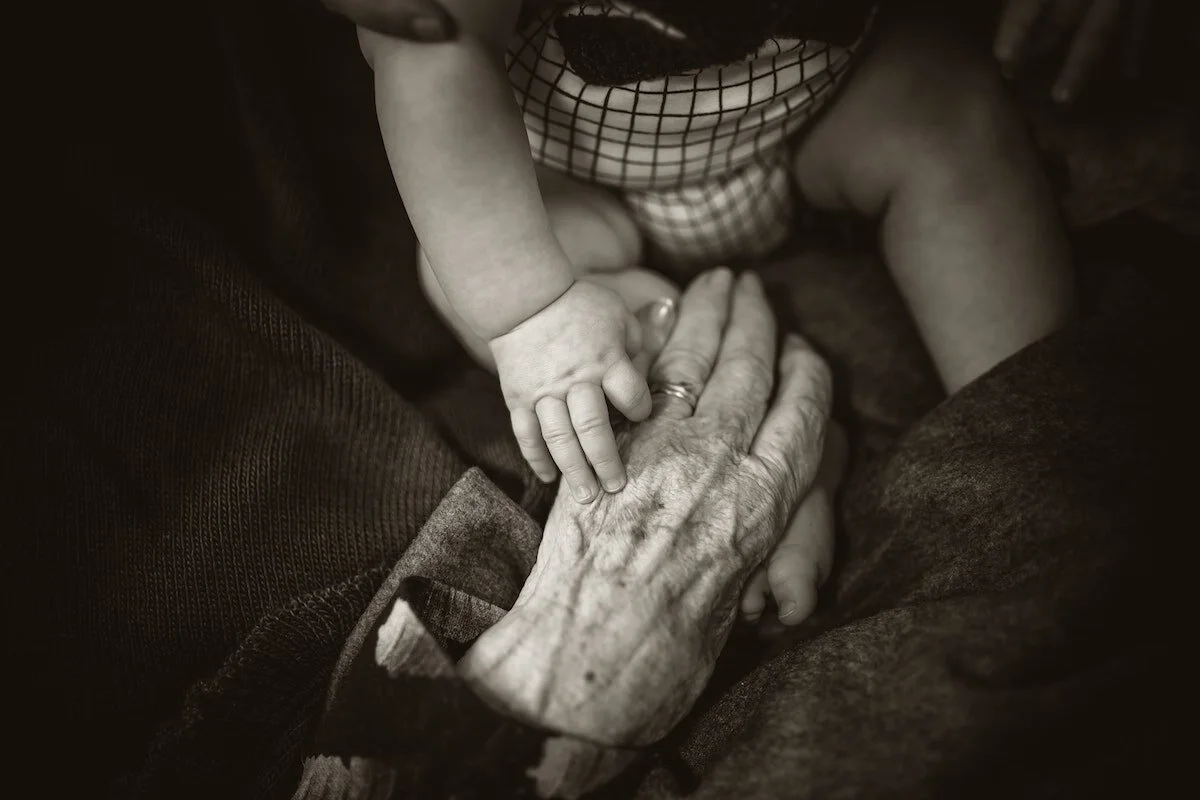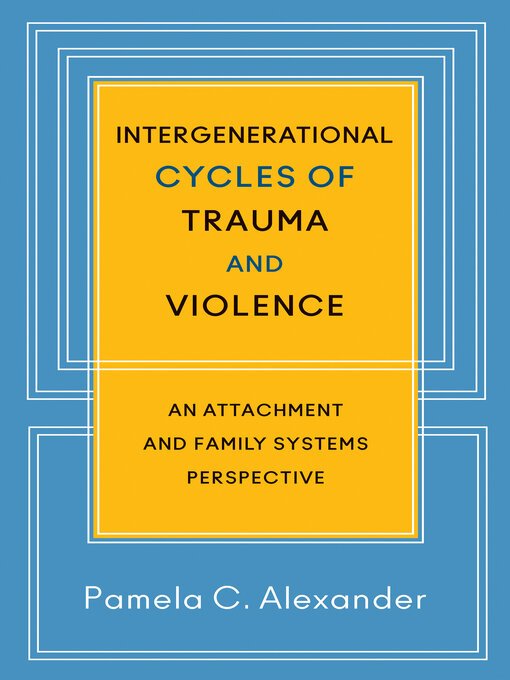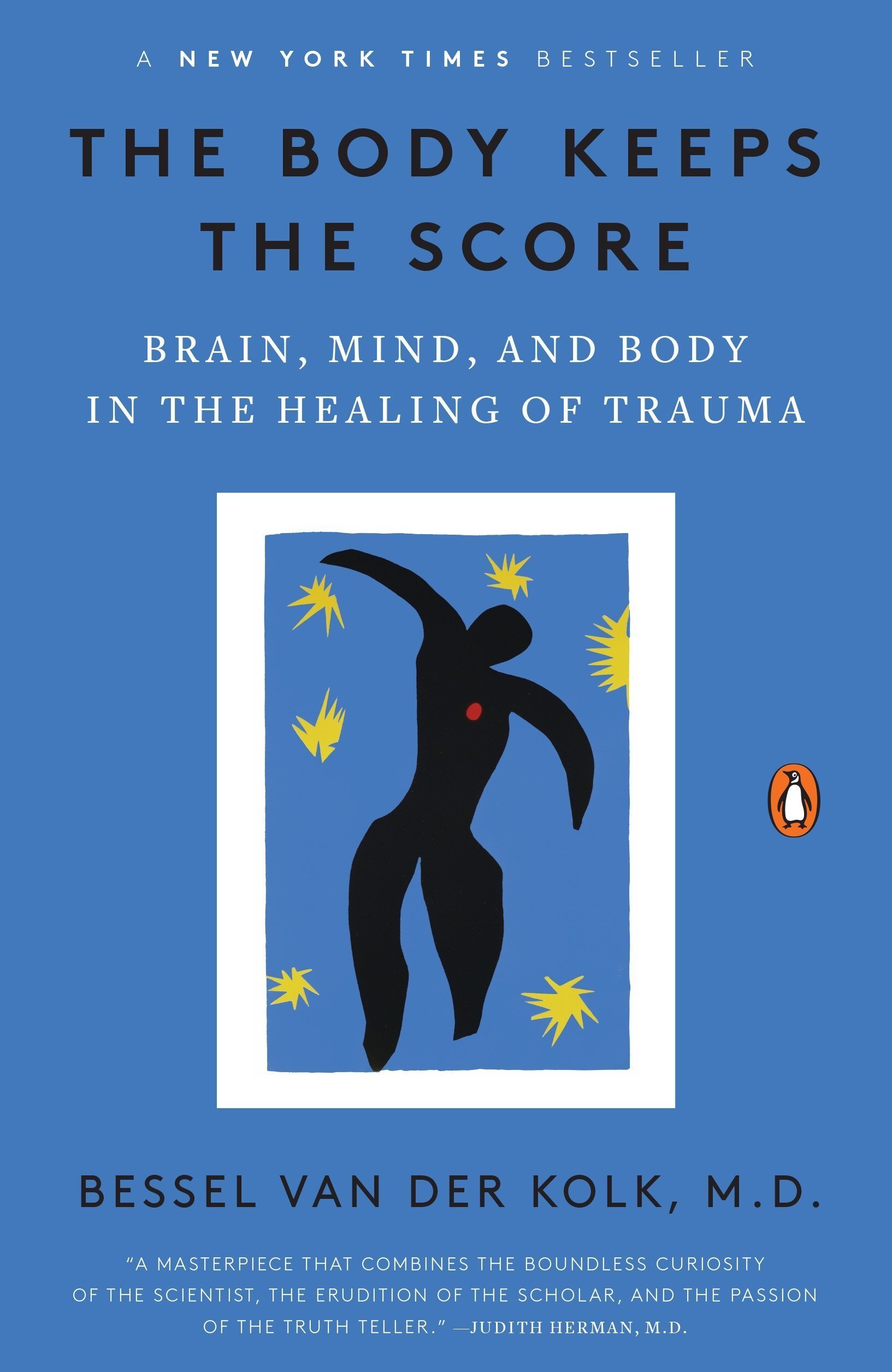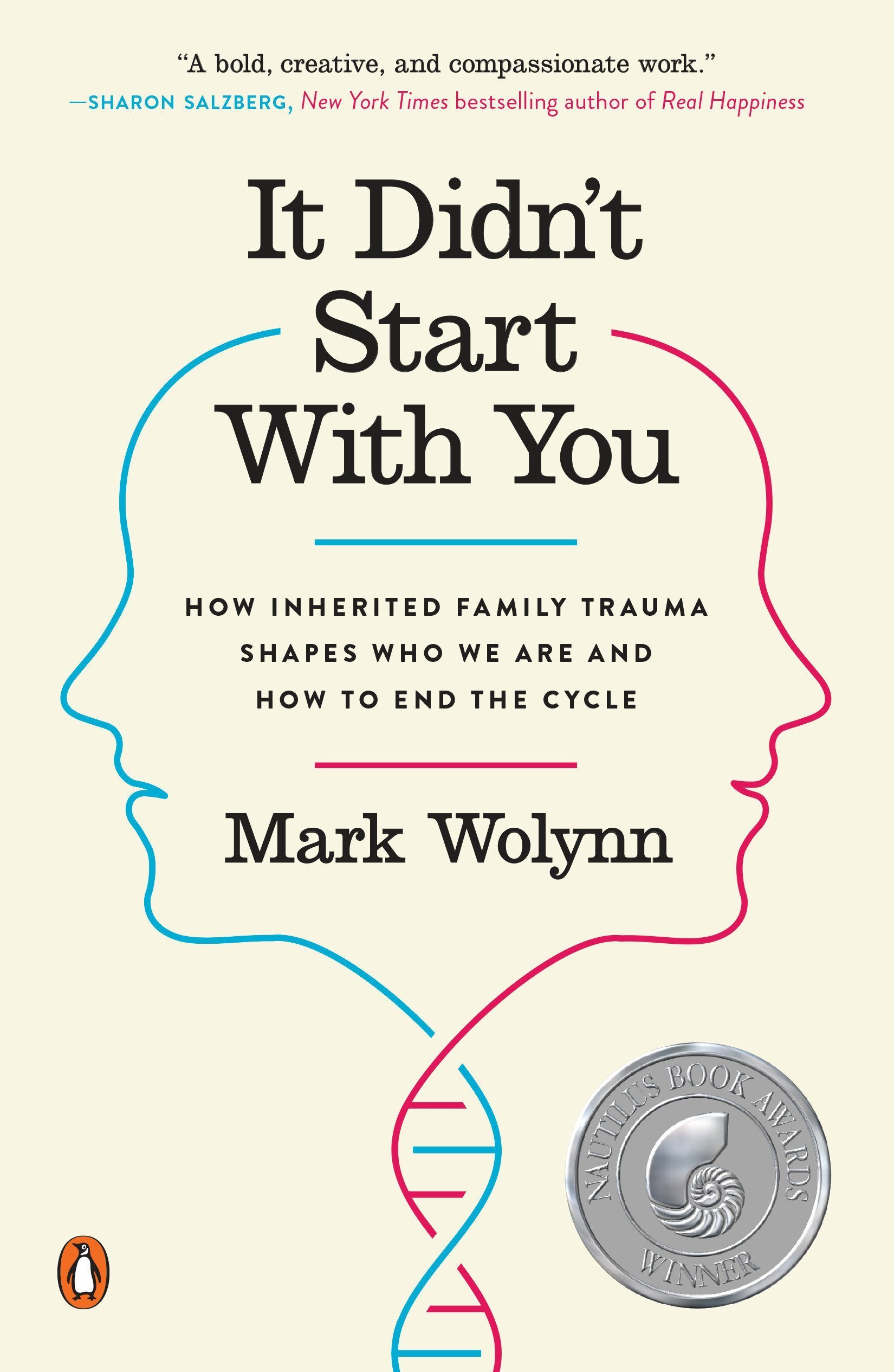What is Generational Trauma and How Can We Heal From It?
As therapists, we address issues and feelings that our clients are currently dealing with but in some cases, these problems are so ingrained in a person or family that they can be caused by what’s called generational trauma.
Before we get into generational trauma it might be helpful to deeper explain what trauma means in a mental health setting. Trauma is described as an experience that happens in an individual’s life that creates serious harm, whether that’s physical, mental, or emotional. It can be deeply disturbing to the individual and can cause them to feel out of control of the situation.
As therapists, we describe trauma as “Big T”, such as the death of a caregiver, or “little t”, like breaking an arm, depending on how long the individual experiences negative effects of the event. Some people may experience many “little t” traumas, others experience one “Big T” trauma, or can experience a mix of both. Some causes of trauma can be the loss of a loved one, a natural disaster, living with a caregiver or partner who misuses substances, severe illness or injury, or witnessing an act of violence.
When we experience any kind of trauma we have both emotional and physical reactions. This can look like anxiety, trouble sleeping, feeling disconnected or confused, having intrusive thoughts, or withdrawing from others. In children this can look like attempting to avoid school, tummy aches, problems with sleeping, eating, anger, and showing attention-seeking behaviors.
With all of those things in mind, we can now consider generational trauma which is “transmitted through attachment relationships where the caregiver has experienced relational trauma and have significant impacts upon individuals across the lifespan, including predisposition to further trauma” (Isobel, S., Goodyear, M., Furness, T., & Foster, K., 2019).
What does all of that mean??
It means that we can view the psychological effects of trauma being transferred from one generation to another. Generational trauma is a traumatic event that began decades prior to the current generation and has impacted the way that individuals understand, cope with, and heal from trauma. Generational trauma gives us, as therapists, the lens of wondering Hmm, is this a pattern for this person’s family? And how can we break this cycle? Luckily for us, this lens is becoming more and more common and is given a more serious focus than in the past.
Now, you might be asking yourself, “How does this show up in families?” Generational trauma can affect a wide variety of families and show up in ways that you might not think of such as:
A family might seem emotionally numb or have strong hesitancies about discussing feelings
A family might see discussing feelings as a sign of weakness
Another family might have trust issues with “outsiders” and seem continually conflictual
Some families might seem anxious and overly protective of their children or family members, even when there is no threat of danger
This is by no means a comprehensive list of examples of how trauma affects multiple generations. It can also show up in unhealthy relationship boundaries and families subconsciously learning unhealthy survival behaviors.
When we think about history, there are many groups that come to mind that have been affected by generational trauma such as descendants of United States enslavement, Native Americans, refugees, those that have experienced substance misuse across generations, those who have survived childhood abuse or neglect, and family members of Holocaust survivors, just to name a few.
Phew! That’s a lot to take in. Now, what CAN we do to stop generational trauma from continuing?
In the words of Bessel Van der Kolk (who wrote “The Body Keeps the Score”), the ability to feel safe is “probably the most important aspect of mental health”. When we grow up with family dynamics that make us feel unsafe, unvalidated in our feelings and experiences we can struggle to move past our personal and familial trauma. One of our jobs in therapy is to help our clients experience what is known as felt safety, which is an empathetic relationship based on the therapist’s unconditional acceptance of the individual’s thoughts, feelings, and experiences.
In counseling, it is my job as the therapist to assess my clients holistically, meaning looking at the person, their environment, and their past, and work to help the client fully understand the meaning of their trauma so they can best heal from it. When we do this it can help bring to light the, “Why do I do this?” behind the negative behavior that is affecting the client’s life.
With generational trauma, it’s important to help the client think in terms of the identified problem being something that they were born into, not necessarily a problem that they have created for themselves.
Here at Ensemble Therapy, we are committed to serving not only children and teens but families as well to address issues that arise due to generational trauma. We have the tools to help you and your family process and heal from generational trauma. If you and your therapist identify that you might be experiencing generational trauma your therapist may suggest one of these types of therapy:
Theraplay
Parent Child Interaction Therapy (PCIT)
Child Parent Relationship Therapy (CPRT)
Family Play Therapy
Family Systems Therapy
Working through a Genogram
Curious about some reading on generational trauma? Here are some of our favorites!
It Didn’t Start with You: How Inherited Family Trauma Shapes Who We Are and How to End the Cycle by Mark Wolynn
The Body Keeps the Score by Bessel Van der Kolk
Intergenerational Cycles of Trauma and Violence: An Attachment and Family Systems Perspective by Pamela Alexander
References:
Isobel, S., Goodyear, M., Furness, T., & Foster, K. (2019, January 1). Preventing intergenerational trauma transmission: A critical interpretive synthesis. Journal of Clinical Nursing. https://doi.org/10.1111/jocn.14735
Van der Kolk, B. (2015). The body keeps the score: brain, mind, and body in the healing of trauma. New York, NY: Penguin










